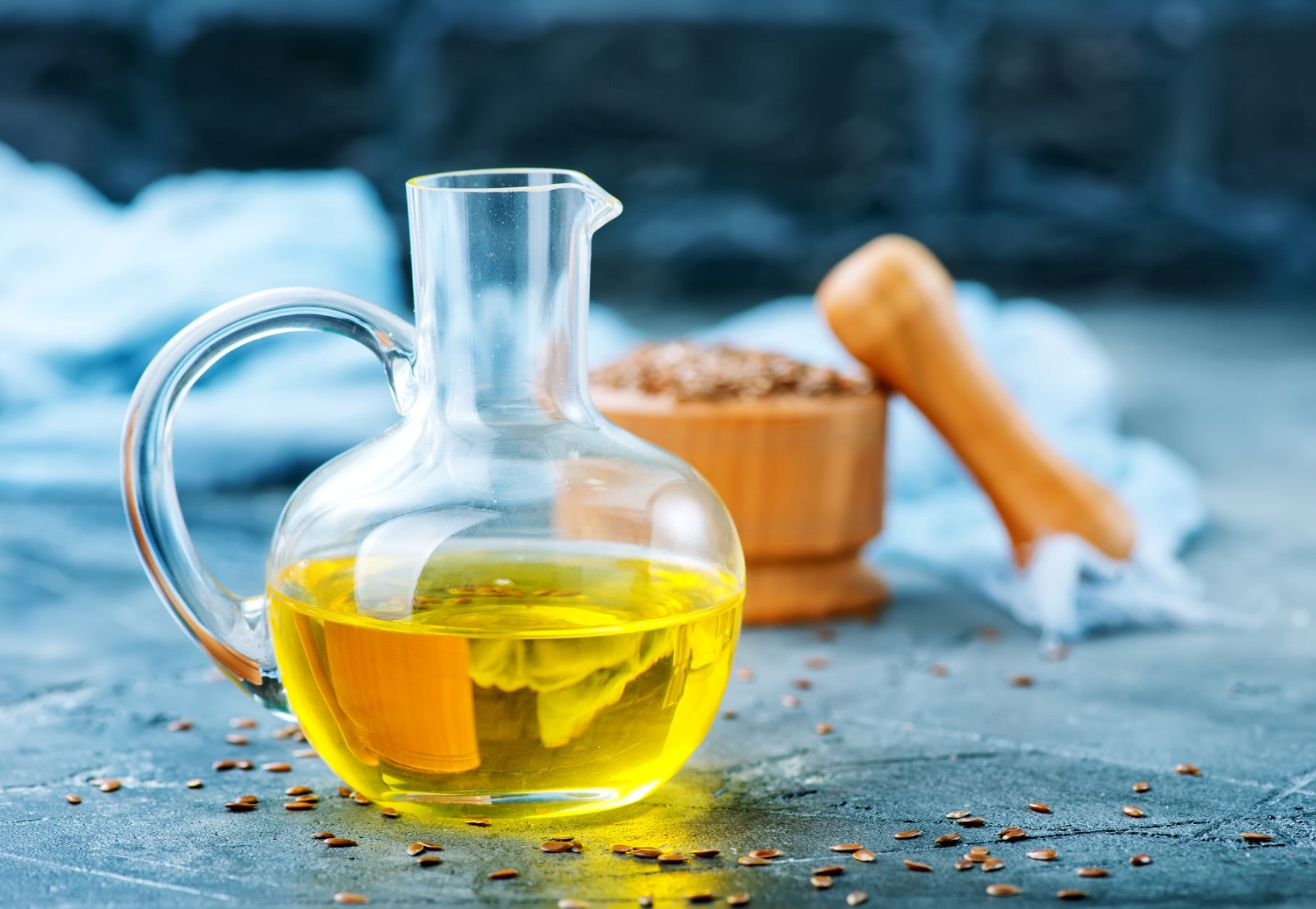Why the Form of Vitamin C Matters
Vitamin C isn’t just “vitamin C.” The form you choose can change how your body tolerates it, how well it’s absorbed, and how useful it is for your goals. The most basic version—ascorbic acid—is chemically identical to vitamin C found in foods. It’s widely studied and effective, but its acidity can irritate the stomach at higher doses and may bother the mouth or teeth when taken as an acidic liquid. That’s why many people explore buffered and alternative delivery forms to improve comfort and adherence.
Buffered vitamin C combines ascorbic acid with a mineral (commonly sodium, calcium, or magnesium) to create a less acidic salt—sodium ascorbate, calcium ascorbate, or magnesium ascorbate. These options aim to reduce gastric upset while delivering the same vitamin C molecule systemically. For most people, the practical benefit is simple: fewer GI complaints at useful doses. Authoritative guidance also reminds us that high oral intakes can cause loose stools and other GI symptoms, and that adults should generally remain at or below the tolerable upper intake level of 2,000 mg/day unless medically supervised. NIH ODS.
Liposomal Vitamin C: A Delivery Method, Not a New Molecule
Liposomal vitamin C isn’t a new kind of vitamin C—it’s a way to package ascorbic acid inside tiny lipid spheres (“liposomes”) meant to protect the nutrient and potentially improve absorption. Emerging human data suggests that liposomal preparations can achieve higher blood levels than non-liposomal forms, though magnitudes vary across studies and brands. If you have trouble reaching your target intake due to GI tolerance, a liposomal product may help you accomplish the same effective dose with improved comfort. See recent analyses of liposomal bioavailability for context on the current (still growing) evidence base: PMC11519160, PMC12163105.
IV Vitamin C: What It Is—and What the Evidence Says
Intravenous (IV) vitamin C bypasses the gut and delivers vitamin C directly into the bloodstream. In practice, buffered sodium ascorbate is often preferred for comfort (neutral pH) during infusion; unbuffered ascorbic acid is more acidic and can be irritating. IV routes can achieve far higher blood concentrations than oral dosing, which is why they’re sometimes explored in hospital settings and research contexts.
For complex conditions like cancer, you’ll find encouraging preclinical work and early-phase human studies—but also clear statements from authoritative sources that evidence remains limited and mixed. The National Cancer Institute’s PDQ® summary emphasizes that while IV vitamin C has shown promise and appears well tolerated in many reports, rigorous trials are still needed to determine efficacy and appropriate use with standard care. In other words: interesting, but not a substitute for oncology standards of care. NCI PDQ.
Common Goals for Vitamin C—and What Research Supports
Immune Support & Colds
Vitamin C’s reputation for immune support stems from its role in antioxidant defense and white blood cell function. In everyday life, routine supplementation doesn’t reliably prevent colds for the general population, but there is evidence it can slightly reduce their duration and severity—especially in physically stressed populations (e.g., endurance athletes, military personnel in cold environments). A major review found modest benefits for duration and possible prevention under extreme stress, while evidence for high “treatment” doses at symptom onset is mixed. Cochrane review (PubMed), Cochrane.
Collagen, Skin, and Tissue Repair
Vitamin C is a cofactor in collagen synthesis—important for skin, tendons, and ligaments. This is one reason athletes and individuals recovering from procedures consider ensuring adequate intake. Adequacy matters; mega-dosing beyond the upper limit isn’t necessary for most people and can invite GI side effects. NIH ODS.
Training, Recovery, and Performance
Here’s a nuance you rarely hear: while correcting a deficiency is performance-critical, high-dose antioxidant supplementation (vitamin C and E) around training may blunt some of the beneficial signaling that drives adaptation to exercise. Multiple studies, including work in strength and endurance contexts, have raised this concern. It doesn’t mean vitamin C is “bad” for training—it means timing and dose matter if your goal is adaptation. Consider modest, diet-first intake away from key sessions, and talk with a sports professional before adopting chronic high doses. BMC Sports Sci Med Rehabil.
Choosing the Right Form for Your Stomach—and Your Goals
Ascorbic acid (standard): Highly studied and effective; can cause stomach upset at higher doses and feels acidic as a drink. If you tolerate it, it’s a straightforward choice.
Buffered mineral ascorbates (e.g., sodium, calcium, magnesium): Designed to be gentler on the gut and mouth. The mineral paired with vitamin C may fit specific goals or constraints (e.g., sodium-sensitive individuals should check labels, while others—like heavy sweaters—may not be concerned). The vitamin C molecule delivered to tissues is still ascorbate.
Liposomal vitamin C: A delivery system that may raise blood levels versus non-liposomal forms in some studies. Useful if you chase higher intakes but get GI upset with standard tablets or powders.
IV vitamin C: For medically supervised situations that require or justify intravenous delivery. Buffered formulations are often preferred for pH comfort. Not a replacement for standard treatment in serious disease; evidence remains evolving. NCI PDQ.
Practical Dosing Ranges (and When to Be Careful)
Authoritative nutrient guidance places the recommended dietary allowance for adults around 75–90 mg/day, with a tolerable upper intake level of 2,000 mg/day from foods and supplements combined (not counting medically prescribed IV therapy). Above that, risk of GI symptoms rises and certain individuals may face increased risk of kidney stone formation. If you have a history of stones, iron overload (e.g., hemochromatosis), or kidney disease, speak with your clinician before supplementing. NIH ODS.
From a practical standpoint, many people use divided doses (e.g., smaller amounts two or three times daily) to improve comfort and absorption, especially when attempting higher totals during short-term stress. Buffered forms can be more comfortable for those who experience reflux or loose stools with plain ascorbic acid. If you use a sodium ascorbate powder or capsule, check the label for actual sodium content and ensure it fits your dietary plan.
Important: Very high oral intakes are not “more effective” for most day-to-day goals and can cause predictable side effects. If you’re considering IV therapy or multi-gram oral protocols, get personalized medical guidance and lab monitoring, particularly if you take medications or have chronic conditions. NIH ODS.
Dental and GI Comfort Tips
Acidic liquids can irritate the mouth or throat and may not feel great on sensitive teeth. If you prefer drink mixes, consider buffered powders or rinse with plain water afterward. For the stomach, try taking vitamin C with food, opt for buffered or liposomal preparations, and split the dose across the day. If discomfort persists, reduce the dose and reassess whether you actually need as much as you’re taking.
When Higher-Dose or IV Vitamin C Is Considered
Some athletes and high-stress individuals experiment with higher intakes for periods of intense training or recovery. While adequate vitamin C supports normal collagen synthesis and immune resilience, keep the training-adaptation caveat in mind; you can support recovery while avoiding chronic high-dose antioxidant use around key sessions. In clinical contexts—post-procedure recovery, certain infections, or oncology settings—IV vitamin C is sometimes used under supervision. Current summaries emphasize safety signals and quality-of-life data in some studies, alongside the need for more rigorous trials to define benefits and protocols. NCI PDQ.
Smart, Step-By-Step Game Plan
- Cover the basics first: Aim for a produce-rich diet that naturally supplies vitamin C along with synergistic nutrients and polyphenols.
- Pick a form you tolerate: If ascorbic acid upsets your stomach, try a buffered mineral ascorbate or a liposomal product.
- Use divided doses: Smaller amounts taken 1–3 times per day can reduce GI side effects and sustain blood levels.
- Stay within evidence-based limits: Most daily needs are well below 2,000 mg/day; go higher only with a clinical rationale and supervision. NIH ODS.
- Time it wisely for training: If maximizing adaptation is your priority, avoid chronic high-dose antioxidant stacks around key workouts. BMC Sports Sci Med Rehabil.
- Match use to your goal: For cold season, routine modest supplementation may slightly shorten illness duration; for high-stress or travel, short-term bumps may be reasonable. Evidence is modest, not magical. Cochrane.
- Loop in your clinician: Especially if you have kidney stone history, iron overload, chronic disease, or are considering IV therapy.
Bottom Line
Vitamin C delivers real benefits—just not always in the way social media suggests. The biggest “secret” is that how you take it matters. Buffered mineral ascorbates can solve tolerability problems without changing the active molecule. Liposomal delivery may help some people reach useful intakes more comfortably. IV routes have specific, supervised roles and evolving evidence, not one-size-fits-all solutions. Pair those facts with smart dosing, realistic expectations, and guidance from credible sources, and you’ll get results without the downside.
Video Summary
For more evidence-based nutrition and fitness tips, subscribe to our channel: https://www.youtube.com/@Vitality-and-Wellness
Disclaimer: This content is for educational purposes and does not replace personalized medical advice.





